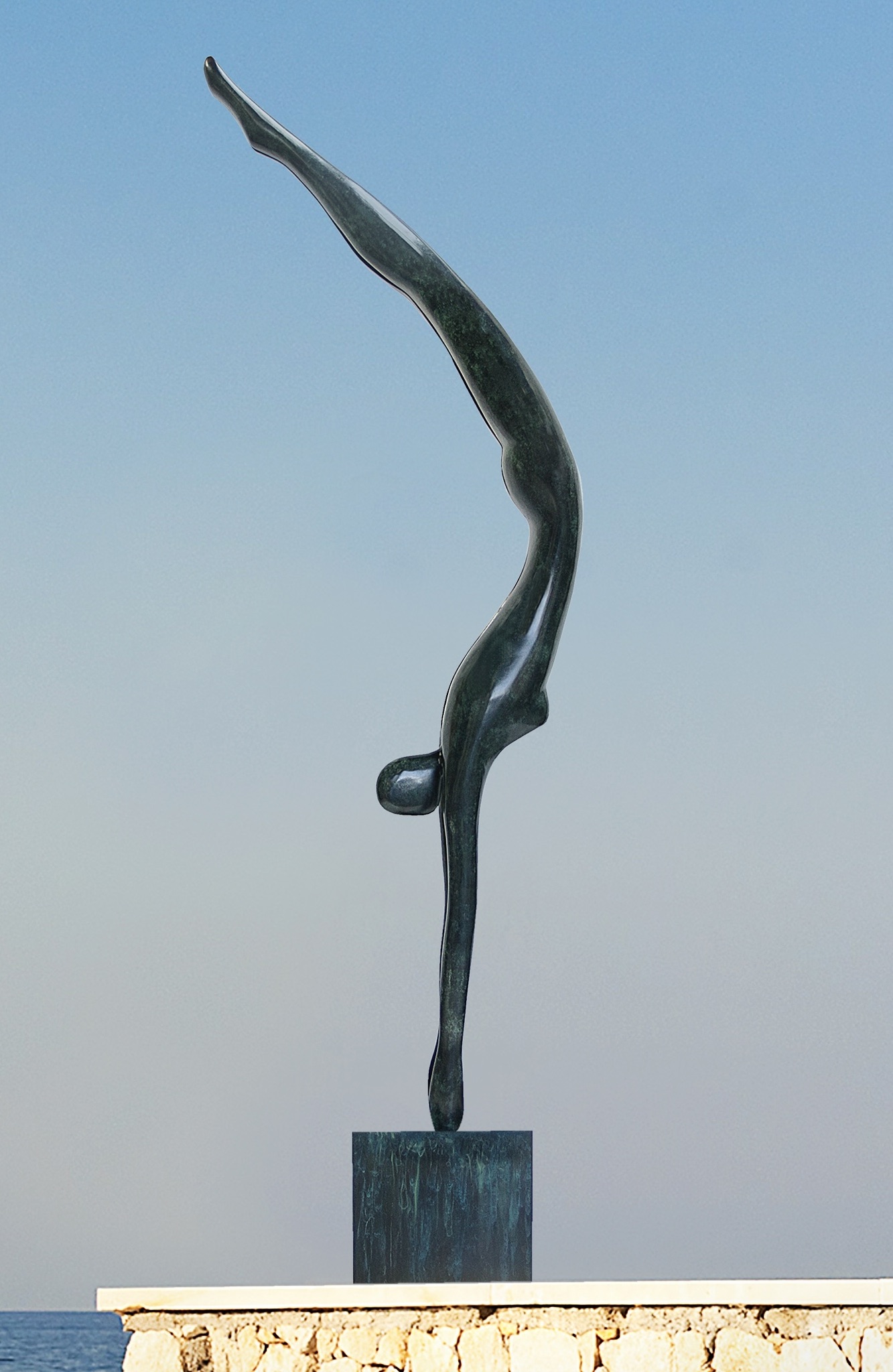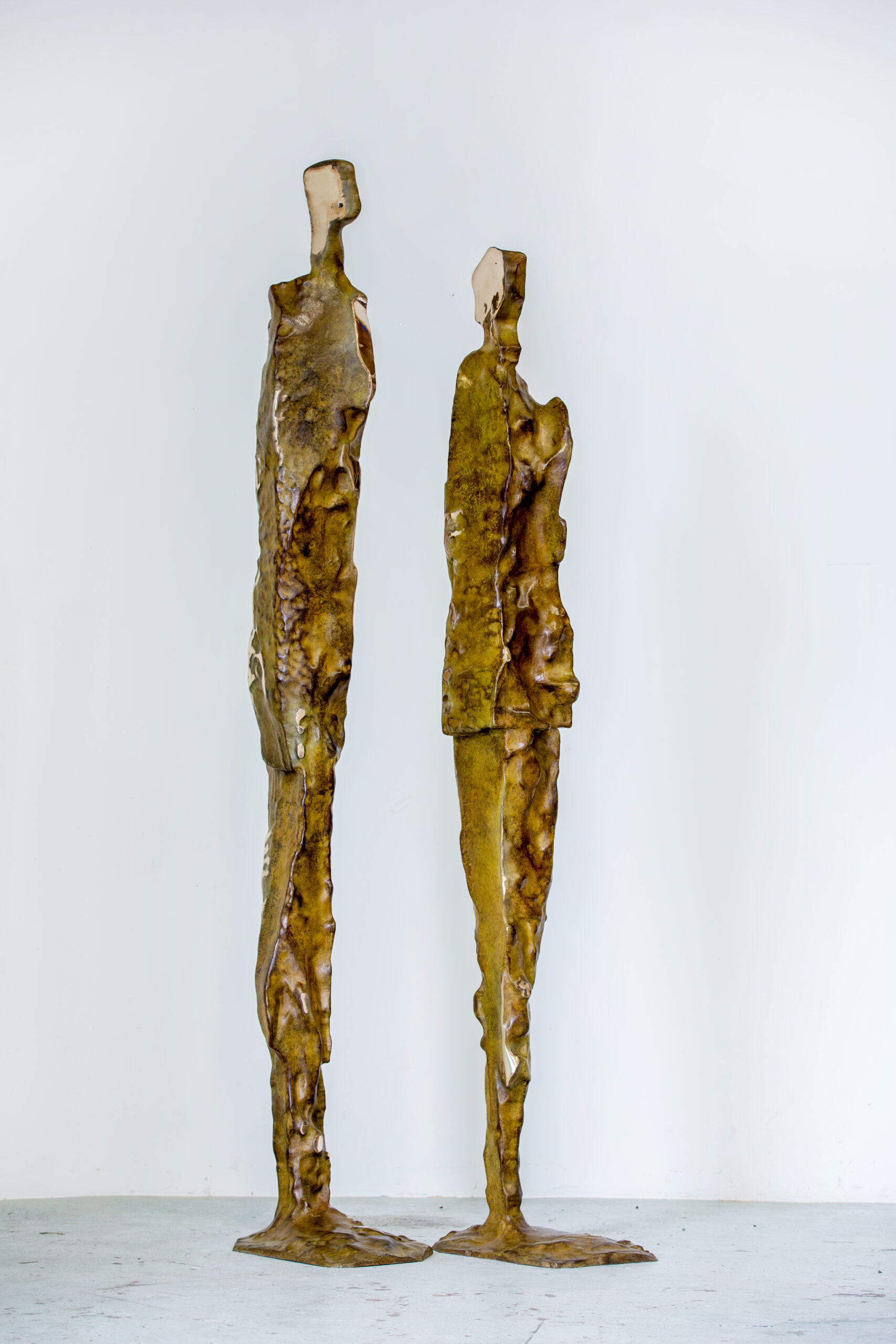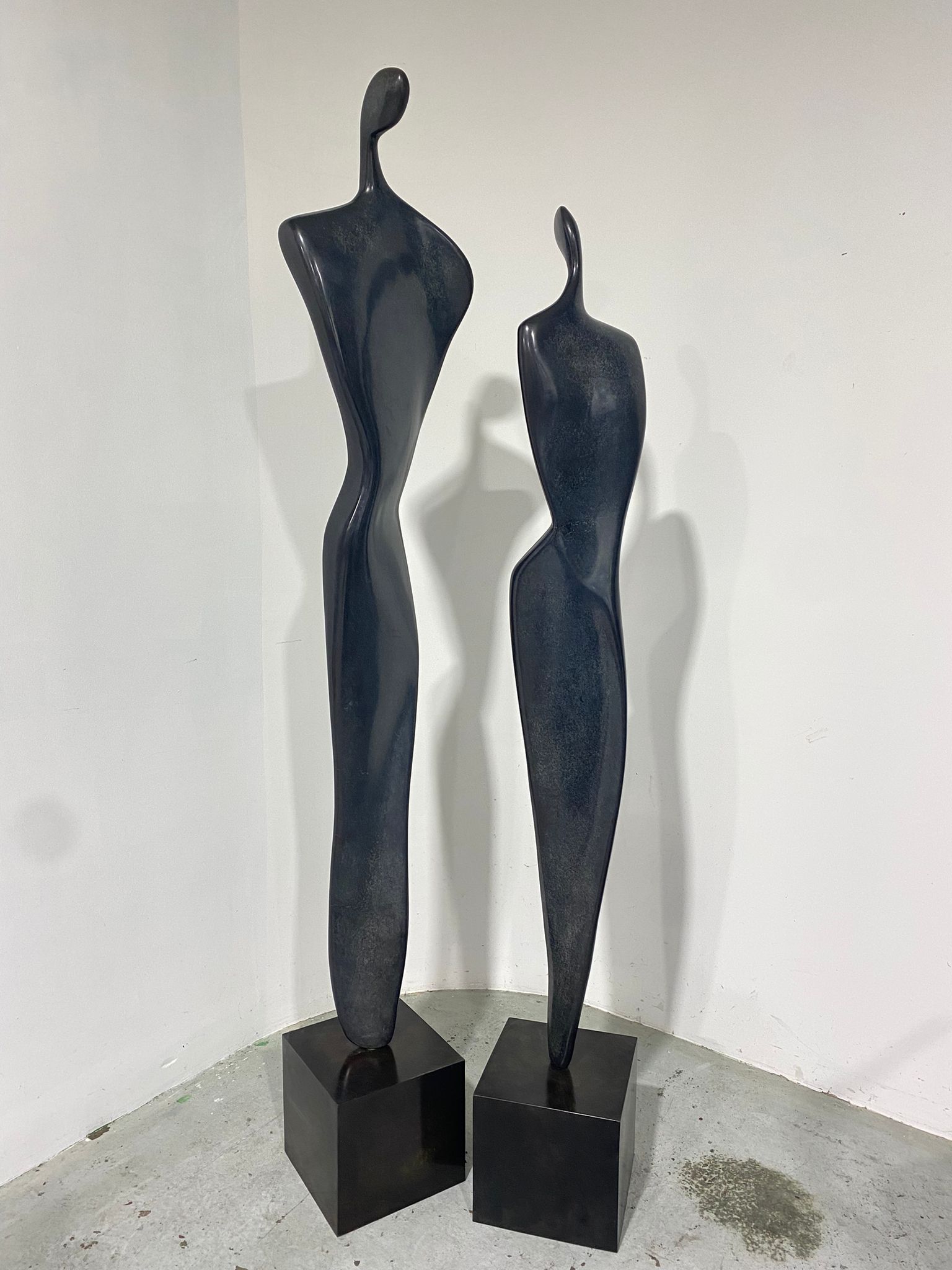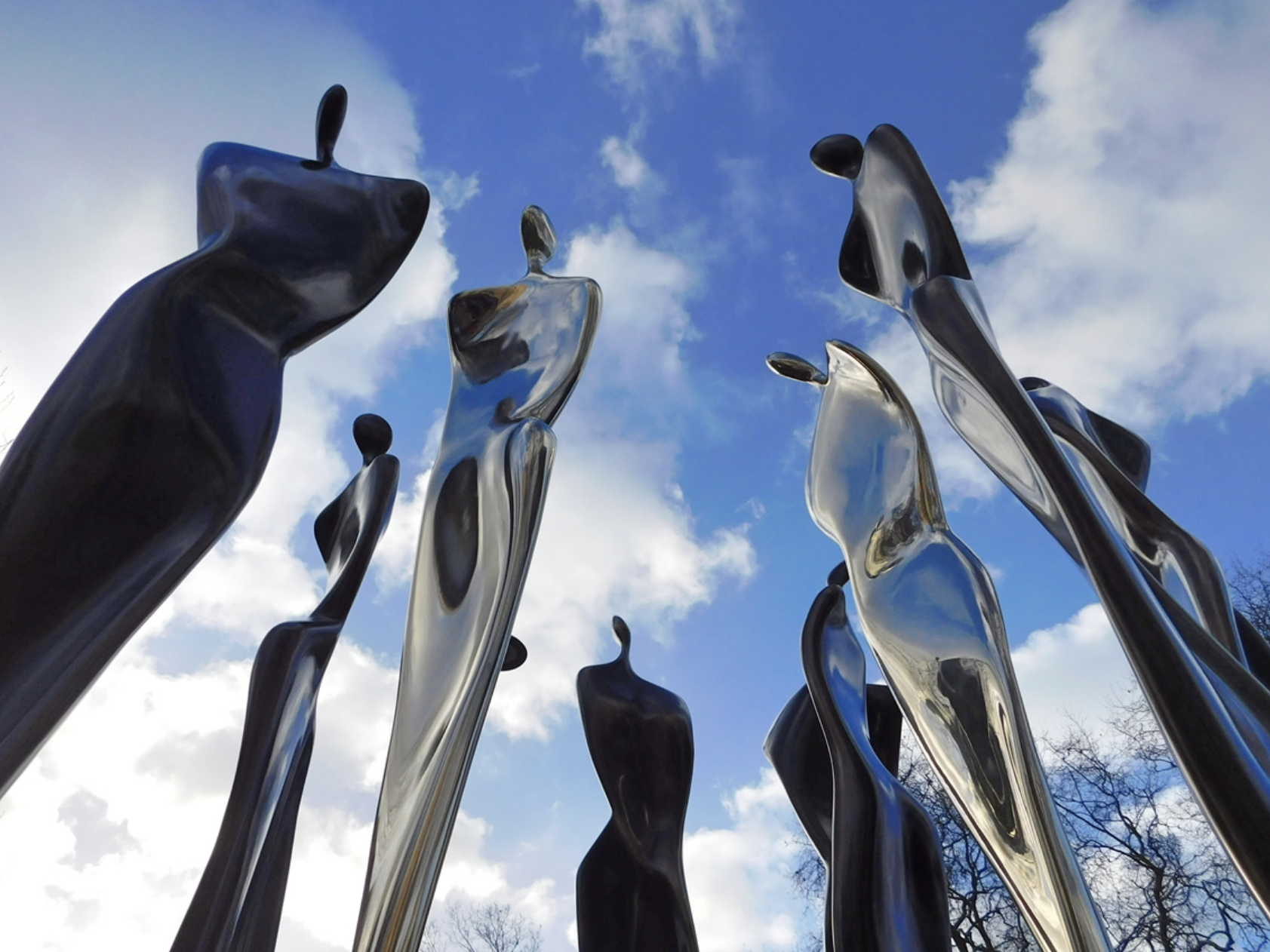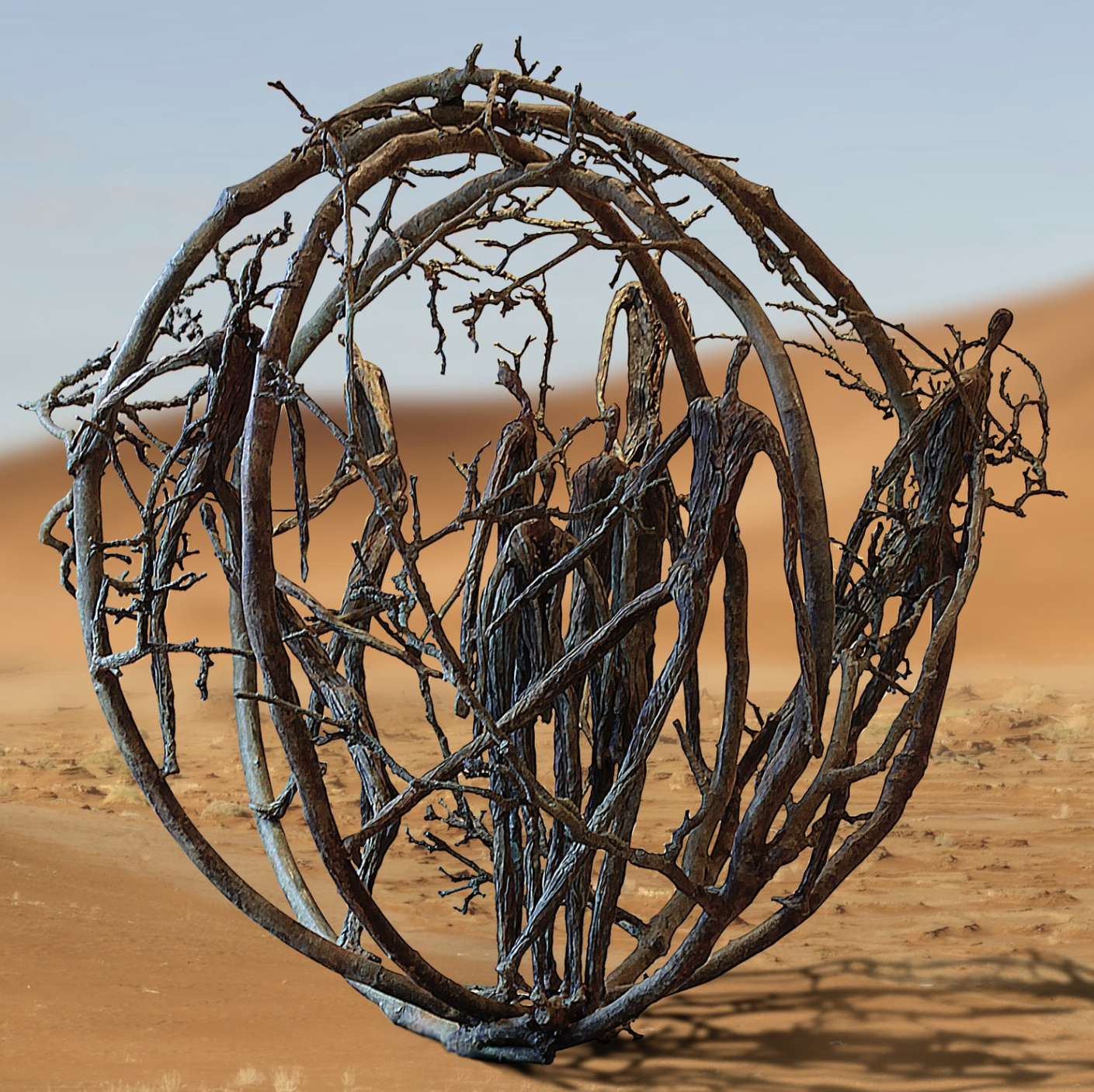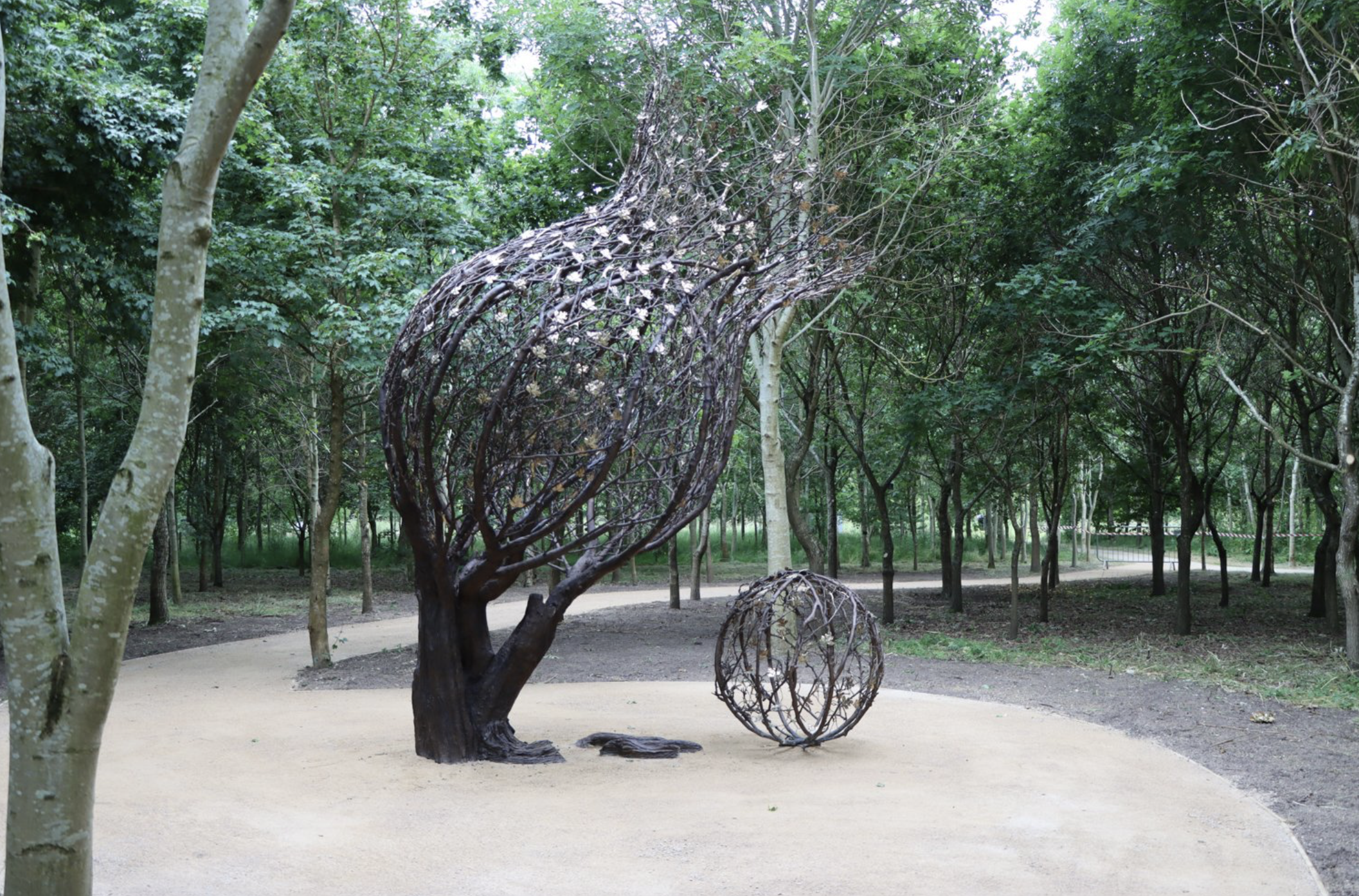Jill Berelowitz arrived in London from South Africa in 1976, having run her own studio in Durban. Over the last 25 years her work has developed in multiple directions and she has been responsible for some major commissions gracing land mark locations in both London and the provinces. Her most recent piece is the spinning Dorchester Sphere on Park Lane which celebrates the Queen’s Platinum Jubilee. Highly inventive, she works in many different media including bronze, resin, glass and stainless steel.

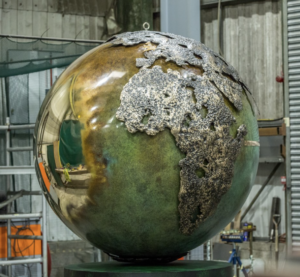
Her husband John’s acquisition of the Morris Singer Foundry provided Jill with a unique opportunity to work with some of the most skilled craftsmen in the bronze casting industry, experimenting with highly complex and innovative techniques of casting and patination. While public commissions have formed the major part of her oeuvre, there is a more intimate, tender side to her work where her sense of fun and joy in human relationships comes to the fore. We are delighted to show some of these personal pieces for the first time.
Foremost among these pieces are the three maquettes for her large scale, 3m tall Emergence Figures exhibited in Chelsea Barracks last year. In these three maquettes Jill looks at human relationships, and the figures express a charming tenderness not possible in her large-scale work. The angular, semi-abstract forms reflect the influence of major contemporary artists, but interestingly also the rock cut forms of the Eastern Cape in her native South Africa. Her pieces also frequently reference the elongation of African Tribal Figures. These pieces are both specific and ubiquitous, reflecting the familial tenderness as well as universal themes of connectedness.

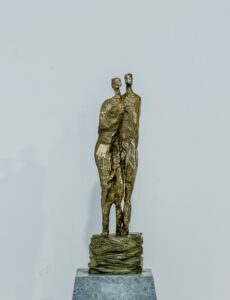
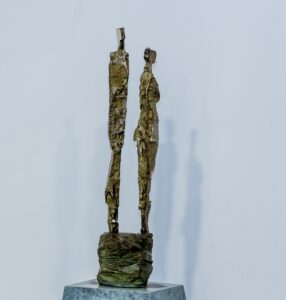
In contrast, Moving Forward, a large-scale piece displayed in the garden, examines forms that curl and twist with feminine elegance. The figures have been combined in different compositions and finishes, most notably outside the Dorchester Hotel on Park Lane where several figures together form a dynamic group. The two figures exhibited here are strongly independent yet related, enthralled into one another. Their relationship as a pair reinforces how the collective is stronger and more meaningful than the individual.
The small-scale tabletop works explore favourite ideas and themes, and here Jill’s sense of fun comes to the fore. There is an incongruity and sense of the ridiculous in The Dream Team, a playful reference to Jill’s two favourite but absurdly paired animals, the Elephant and the Dachshund, so evocative of Africa and Europe respectively. Likewise, the delicate Gemini, only 15 cms tall, cleverly explores the nature of love and connection in uniquely tender conversation.

The influence of Africa is ever present in Jill’s work, seen also in the two tree sculptures in the exhibition: the Circle of Life and the Tree of Life. The Circle of Life seems to refer to the African Diaspora the transmigration of families. Held within a contained circle, it is an exquisite piece evocative of loss and renewal, travel and displacement, but also the cyclical nature of life. It forms interesting parallels with Jill’s large scale piece, Tumble Weed.
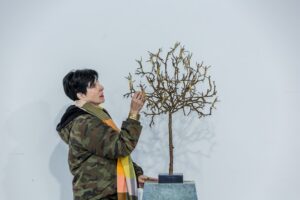
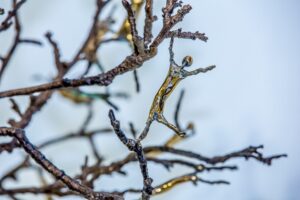

The joyous Tree of Life links to the Tree of Cherished Memories commissioned last year for the National Arboretum. Male and female forms dance and tumble together held within the branches of the apple tree, synonymous with the Tree of Knowledge. An enchanting, dancing, rhythmic piece, it is Jill’s personal optimistic affirmation of the joy of life and nature’s power of to heal and renew.

